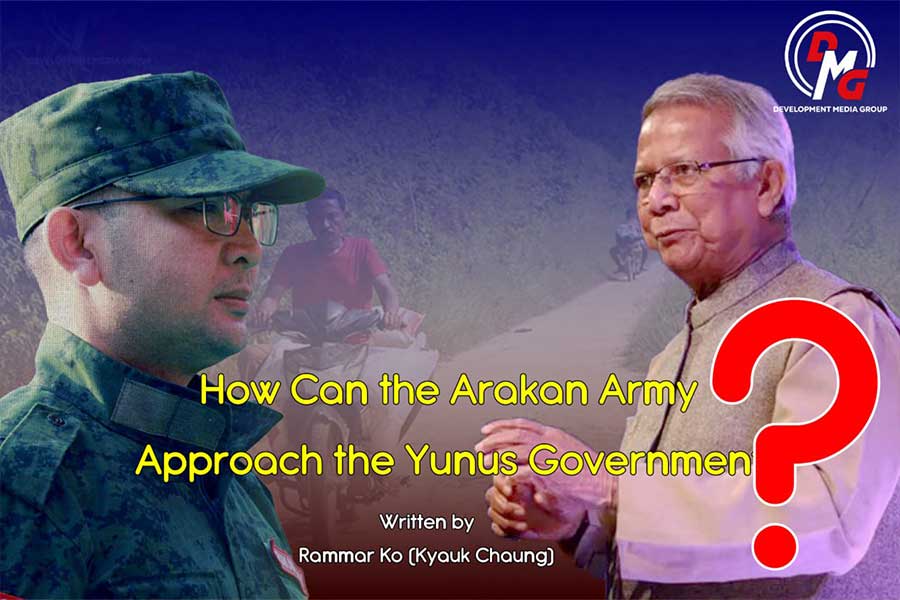- Ramree residents call on ULA to restore internet amid isolation
- Junta battalions fortify Kyaukphyu as fighting escalates
- Regime launches offensives against AA-held areas in Laymyethna Twsp
- Regime restricts patients returning from Yangon from carrying medicines to Arakan State
- Myanmar regime detains 220 Muslims at Sittwe Prison
Byaing Phyu massacre remembered as justice remains elusive
The AA has said that the regime killed 76 villagers aged 15 and 70 years old, including women and children, from May 29 to June 1.
07 Sep 2024
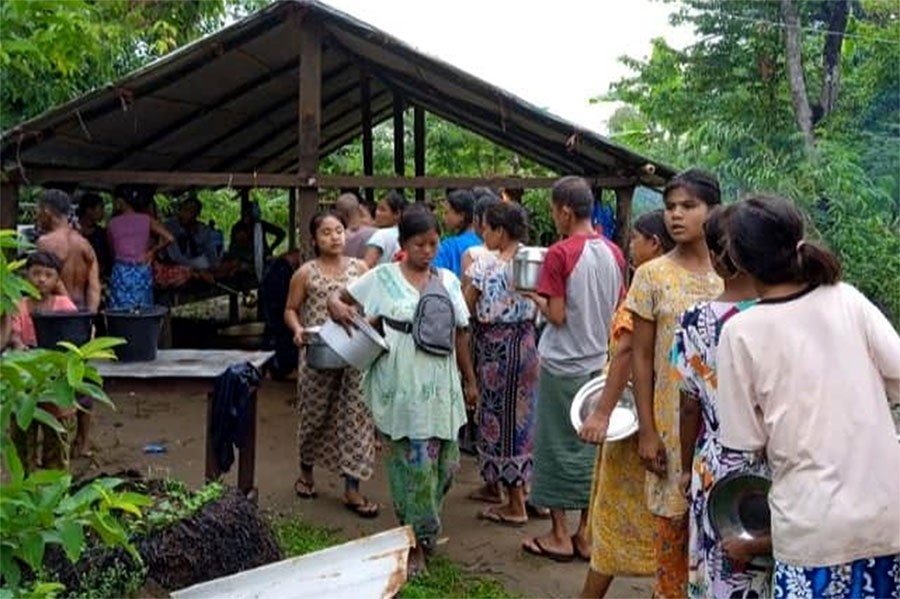
DMG Newsroom
8 September 2024, Sittwe
The Byaing Phyu Village massacre, which took place in late May, so far remains the deadliest perpetration of violence by Myanmar's military regime in Arakan State since the Arakkha Army (AA) launched an offensive against it in November. It was not just a massacre; women were also raped, villagers were evicted, and hundreds have been put behind bars.
More than three months later, DMG takes a look back at the massacre.
Though details remain disputed, some facts are known. Byaing Phyu Village is located north of Sittwe, the capital of Arakan State. Byaing Phyu comprises four sections - Min Daya Cheik, Aung Chantha, east Set Yoe Kya and west Set Yoe Kya - and thousands of households.
Here is where accounts remain in dispute, depending on whether you believe the recounting of the military or the surviving villagers and AA. Large numbers of junta troops and members of the Arakan Liberation Party (ALP) reportedly raided Byaing Phyu on May 29. All of the villagers including elderly persons and infants were forced out of their homes and told to gather at the teashop at the centre of the village as well as the village's graveyard and school. Around 500 men aged between 15 and 70 were told to take off their shirts, blindfolded and had their hands tied behind their backs. They were forced to kneel in the sun.
Each man was reportedly asked if AA troops had come to their village before, and if they had ties to the AA. Junta soldiers allegedly hit them with rifle butts as they questioned. Men who had the words "Arakan", "Tharliswa [a greeting in Arakanese]" and Arakanese symbols tattooed on their bodies allegedly had their tattoos cut out before being gunned down.
More than 300 detainees were taken in military trucks to Sittwe-based Infantry Battalion No. 20 and the regional operations command on May 29 at noon.
More junta troops arrived in the evening, and women were told to sleep in three houses guarded by junta soldiers. Men remained in custody at the teashop, graveyard and school just to be killed by junta soldiers every 15 minutes throughout the night.
Involved were more than 170 personnel including ALP members, members of the Sittwe regional operations command, the 101st Light Infantry Division based in Pakokku, and Muslim conscripts, the AA said on June 2.
The AA has said that the regime killed 76 villagers aged 15 and 70 years old, including women and children, from May 29 to June 1.
Through junta-controlled broadcaster MRTV, regime spokesman Major-General Zaw Min Tun on June 4 denied the massacre in Byaing Phyu Village. He said junta troops went to check Byaing Phyu Village after receiving a tip that AA troops were present in the village, and three locals were killed when junta troops responded to suspicious men who tried to grab arms from them. The ALP has also denied involvement in the Byaing Phyu Village massacre.
On May 30 and June 1, junta soldiers used cars to take the bodies of villagers scattered along the main road in the village to the village graveyard, where they were incinerated, according to local villagers.
Residents were then evicted from their village.
Villagers have said that among the atrocities of the massacre, junta troops raped and killed three women, and destroyed their bodies.
Some detained villagers have since been released, but 242 others were charged under Section 17(1) of the Unlawful Associations Act and/or Section 188 of the Penal Code for allegedly having ties to the AA.
On August 30, 141 of them were given three years in prison with a fine of 500 kyats under Section 17(1) of the Unlawful Associations Act. Four others were acquitted the same day.
On September 6, 93 more detainees were given three years in prison under Section 17(1) of the Unlawful Associations Act, and four others were acquitted. Though the trials of most of the detained Byaing Phyu villagers are over now, some villagers have died due to torture in interrogation, and some are still missing.
Byaing Phyu villagers have demanded justice for these alleged atrocities, so far to no avail.




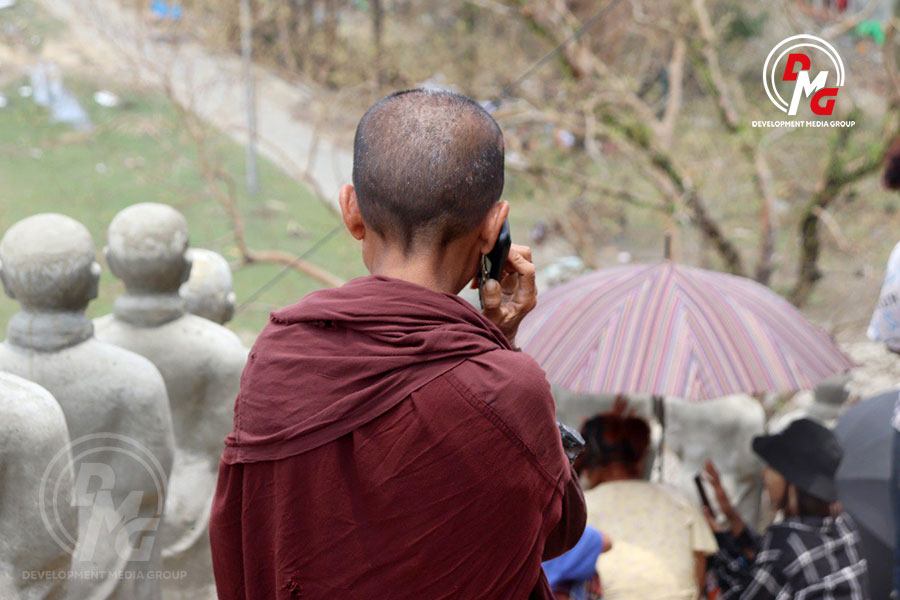
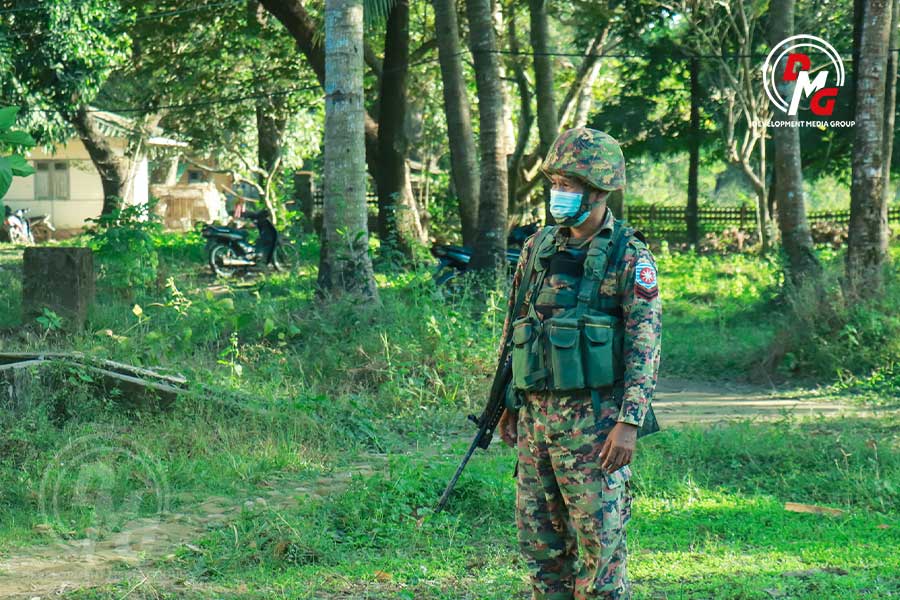
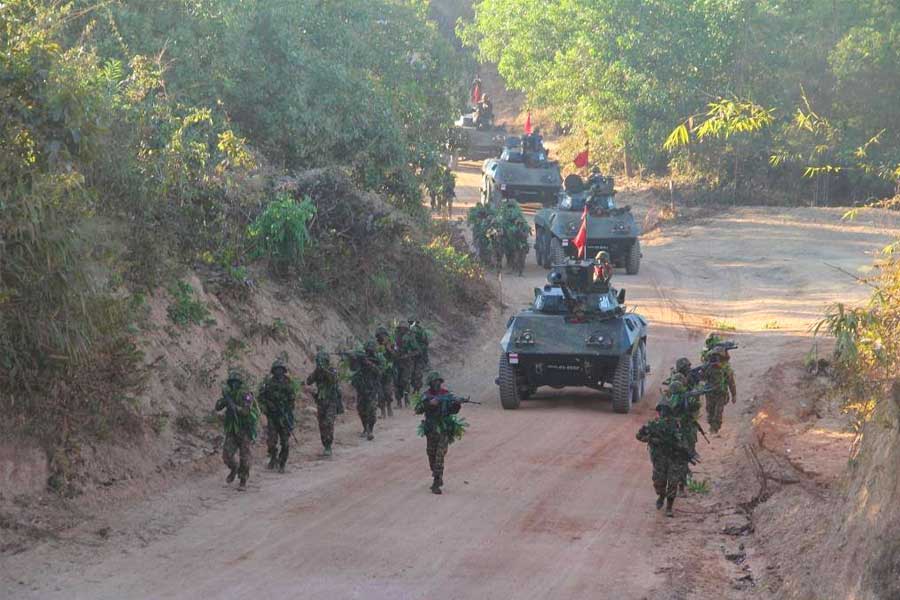
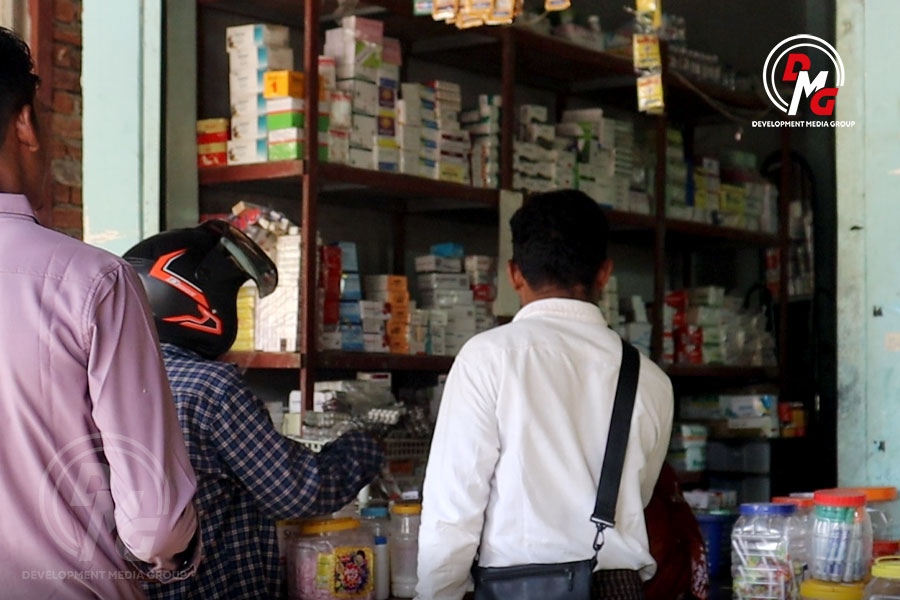






.jpg)
